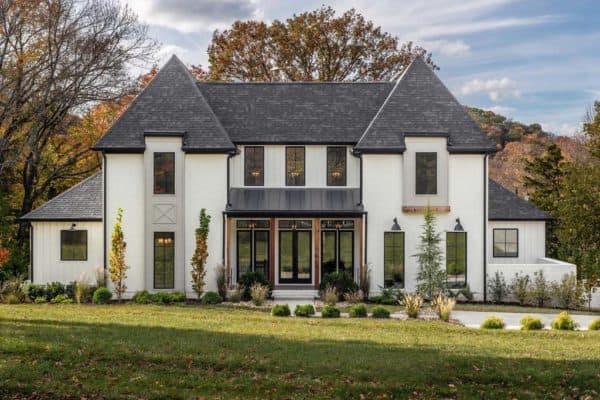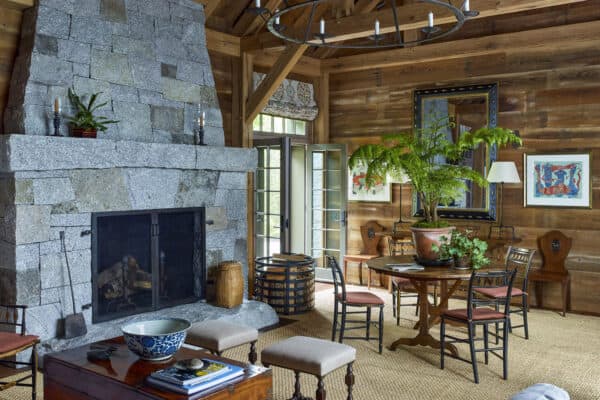
Artist Carlos Páez Vilaró was born in Montevideo, Uruguay in 1923. He purchased a property along the eastern sea of Uruguay’s scenic Punta Ballena, in 1958, building a small, wooden lodge that over time became “Casapueblo” (“House-Village”). The sprawling compound, a whitewashed cement structure reminiscent of Mykonos, Greece, was built in stages by the artist to resemble the mud nests created by the region’s native hornero birds, and became his home, work studio and museum. Though he resided in Casapueblo, his “living sculpture,” by 1968, Vilaró continued to add on to the structure at his desire, at times adding a room for a particular guest. He later opened a section of Casapueblo to tourism as a hotel. The above photograph is his creation called “Casapueblo” in Uruguay. The photographs below are of his homes on a property in Tigre, Buenos Aires, Argentina called “Bengala,” named after the Bengal Tiger. The original house on the property is used by the artist as a work, at the opposite end of the immense garden hidden in the tropical forest stands Bengal, the astonishing house with galleries and cupolas designed in a similar style to that of Casapueblo. Via
The original building construction is between 140 to 150 years old with a natural Tigre aesthetic.  Vilaró uses this building as his work studio.
In the circular living room is the heart of Bengala. The natural light coming from the roof reflects on the bronze maritime theme artwork above the fireplace.
This is the domed ceiling in the living room.
The circular lines and textured walls envelop every room in the house giving you a clear sense of shelter and warmth.
Every corner is a new discovery. Behind the bar there is a recycled antique train part.
A view from the front door with a staircase featuring a fascinating oval opening and a library consisting of statues and totems from his years in Africa.
This large hallway leads to the guest area.
This corridor connects the main sector with the guesthouses, which operates as a separate house with living room, kitchen and even its own bar.
The dining room table, designed by Vilaro, was made from a huge cable reel. The holes were added to place candles. The beam above the table was salvaged from an old railroad track.
This guest bedroom continues with the lines and curves of the remainder of the house, but is unique in that it breaks from the traditional white.
Although this bedroom is found in an separate building, it is only steps away from the main house and connected through a path of sugarcane plantations.
A table with individual bluish ceramic tiles is encapsulated around a fig and palm tree that acts as a natural parasol. Chairs made out of wicker invites one to a tranquil environment.
The upstairs bedrooms all lead to the same large terrace that transports itself into a world of perforated domes.
The cement domes have been perforated with crystals of colors, inspired by coral reefs and marine animals.
With a scheme that mimics its Uruguayan pair, Bengala was constructed with classic lines and similar standards of design.





























1 comment